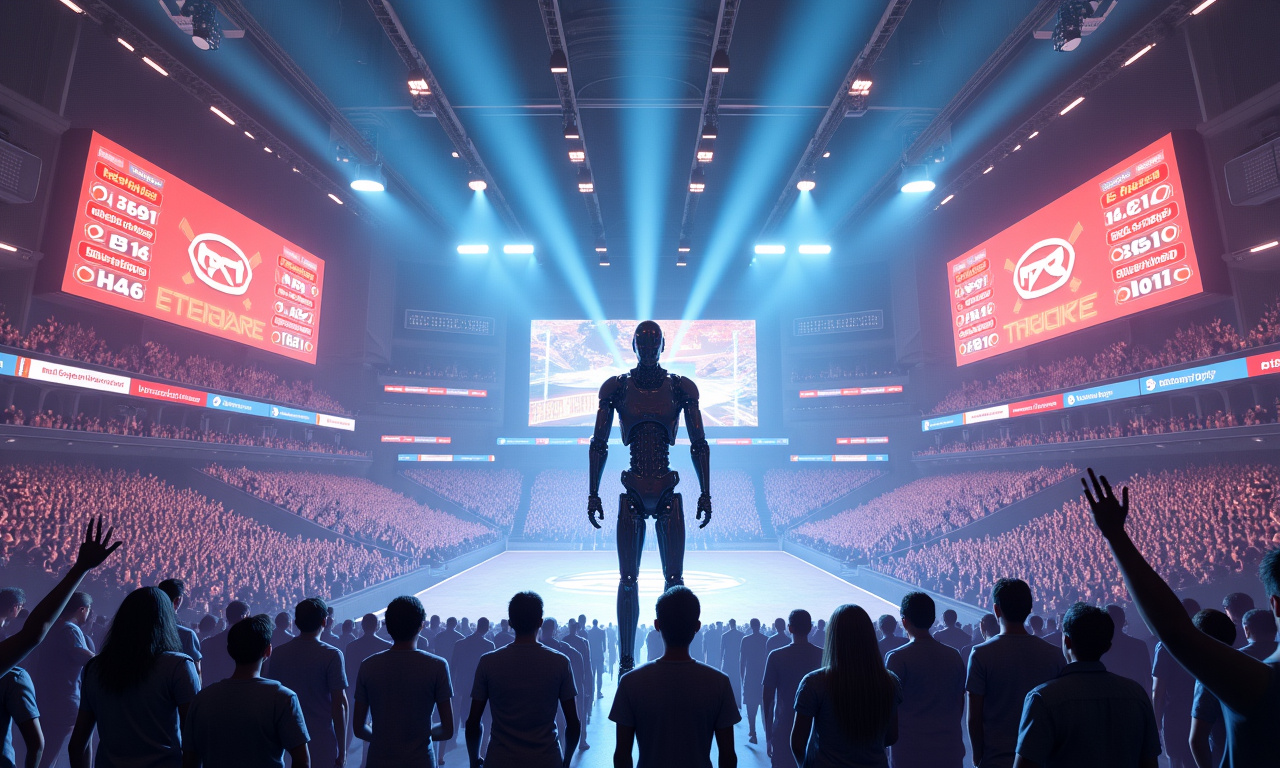The concept of humanoid robot battles, reminiscent of the thrilling action portrayed in the movie ‘Real Steel,’ is rapidly transitioning from cinematic fiction to a tangible sport. In early November, REK (Robot Embodied Kombat) announced an ambitious national tour, REK America. This tour will kick off on November 11 in Los Angeles and will conclude on November 25 in New York, making stops in Las Vegas, Austin, and Miami along the way. Audiences can look forward to witnessing matches where operators control bipedal robots via VR headsets.
In parallel, a new contender has emerged on the scene-UFB (Ultimate Fighting Bots), backed by the renowned Chinese firm Unitree Robotics. The UFB league plans its debut tournament in Los Angeles on November 15 during the height of the REK tour, effectively setting the stage for a head-to-head competition. While REK focuses on immersive VR control, UFB offers a more “game-like” format, where robots are manipulated using conventional gamepads or keyboards, and matches are accessible online for broader audience engagement.

Photo REK
Revolutionizing Robot Combat
Both leagues aspire to elevate robot battles beyond the classic spectacles of ‘BattleBots’ or ‘Robot Wars,’ which emphasized wheeled machines designed for maximal destruction. The emerging leagues emphasize equilibrium, agility, and maneuverability, promising a new level of excitement and skill in bipedal robotic competitions.
The Robot Behind the Match: Unitree G1
The primary platform for these contests, the Unitree G1, priced at approximately $16,000, has impressed with its technological capabilities. Released earlier this year, Unitree G1 can walk and run smoothly, according to company claims, distinguishing itself from competitors. At approximately 130 cm tall and weighing 35 kg, G1 operates for up to 2 hours on a single charge and utilizes 3D-lidar to construct an accurate spatial map, skillfully navigating obstacles. Additionally, this bionic robot is outfitted with servo arms equipped with fingers to perform varied tasks. Demonstrations have shown G1 pulling a vehicle weighing 1400 kg, underscoring its strength and adaptability.
Impact and Future Prospects
The introduction of humanoid robot battles as a competitive sport heralds significant implications for the tech and entertainment industries. As these fledgling leagues garner public interest, they promise to capture audiences with a blend of cutting-edge technology and competitive sportsmanship. Over time, such events might foster advancements in robotics technology, pushing the boundaries of AI and mechanical engineering.
With anticipated technological advancements and increasing acceptance, humanoid robot fights might soon step into the mainstream, raising questions about their societal and ethical impact. These developments in the sports realm are not only a nod to an innovative future but also serve as a testament to the captivating convergence of technology and entertainment.





